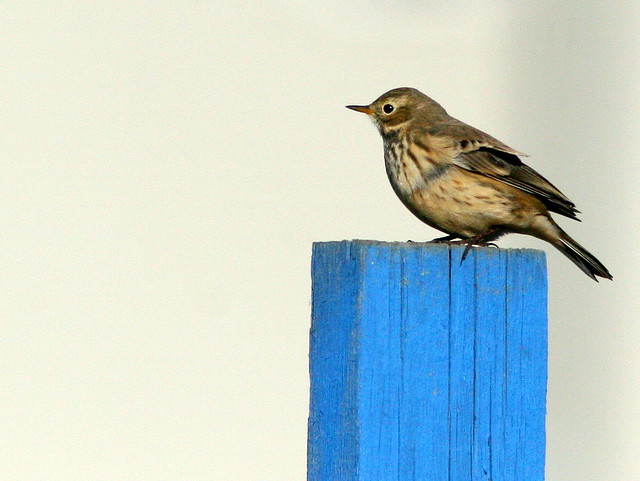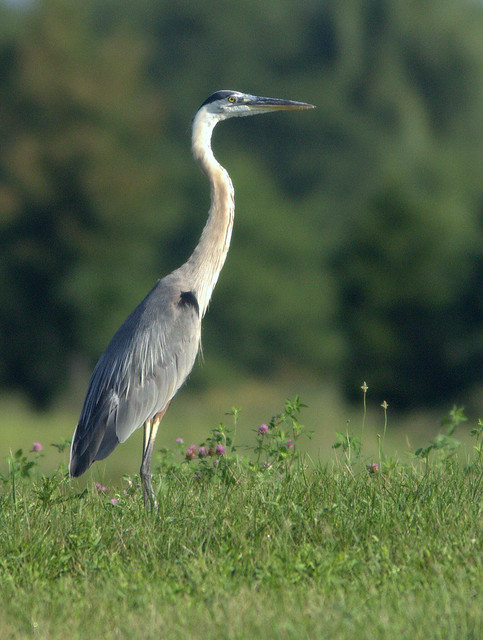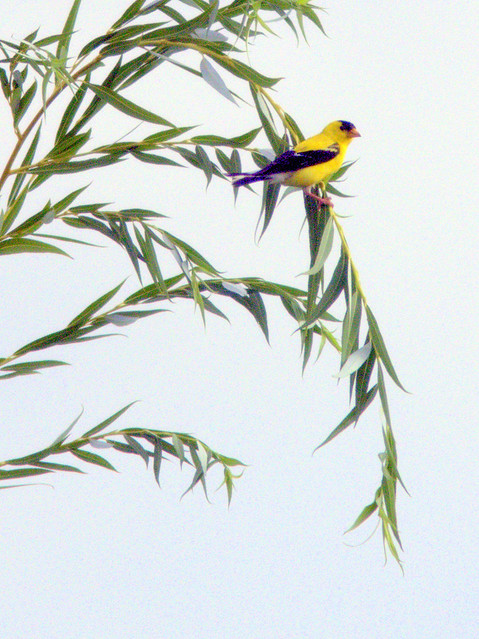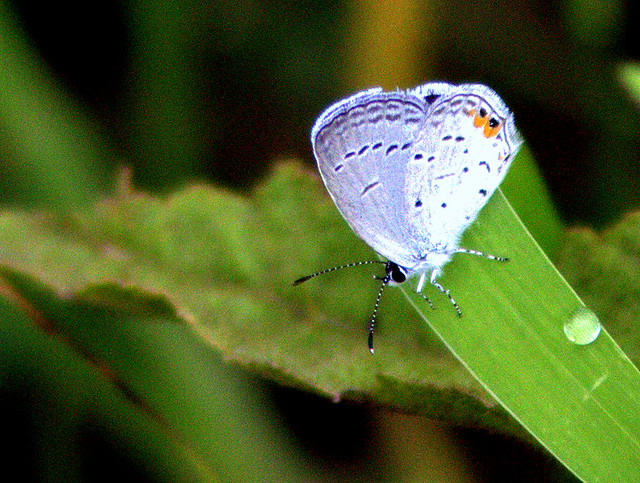 |
| Red-tailed Hawk - digiscoped with Swarovski ATX 85mm and hand-held iPhone. I was low and in the weeds, hence the weed blur which I thought was a kinda cool effect. |
 |
| Ada County, Idaho |
If you're gonna do a Big Year, ya gotta start planning early. So I turned to eBird for information. I've downloaded the eBird data for Ada County and begun sorting the list in several ways. I also ranked each species by the probability of seeing it:
1 = Should be easy to see
2 = Should be able to see with some effort
3 = Should be able to see with some luck and additional effort
There are about 130 species I should be able to see fairly easily just by getting out and about with the same regularity I currently go birding. There are another 70 species that are regularly occurring that I should be able to see by expending some additional effort. The remaining 90-100 species will take a bit of preparation combined with a lot of luck and the aide of fellow birders willing to share sightings with me.
 |
| Ada County Major Birding Hotspots |
Some people might try and do a Big Year all on their own effort, and more power to them...but I won't be shy about asking for all the help I can get. If I do this Ada County Big Year, the Idaho birding listserv will be a great source of leads. I've also compiled a list of active and experienced Ada County birders I would plan to ask to be my consultants for the best times and locations to see each species, to be my trip companions, and to have me on speed-dial in their cell phones when they see something I haven't seen yet. At the same time, I hope my efforts might help spread the joy and excitement of birding as I share my escapades in the coming year.
Here area a couple more recently digiscoped images just for fun...


















































